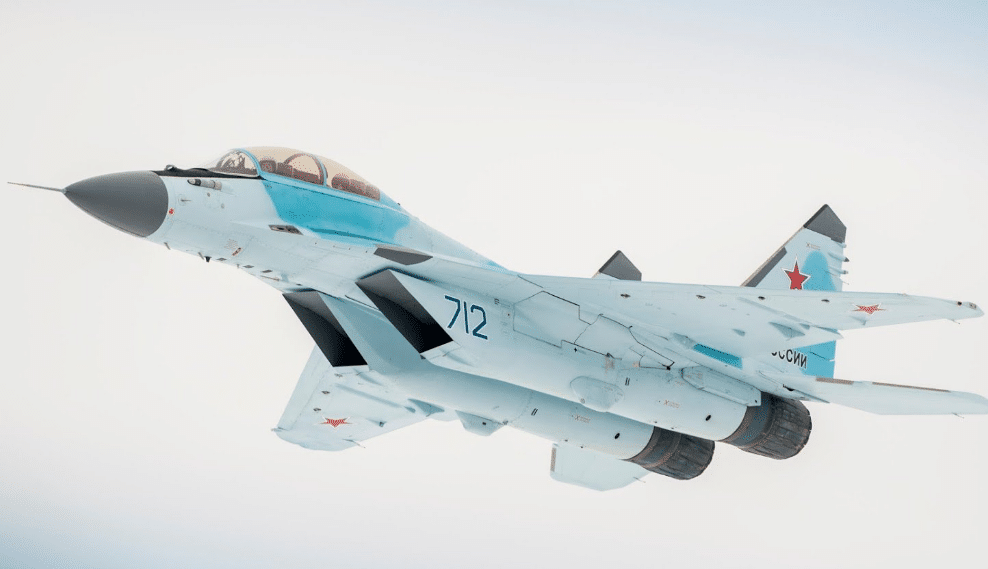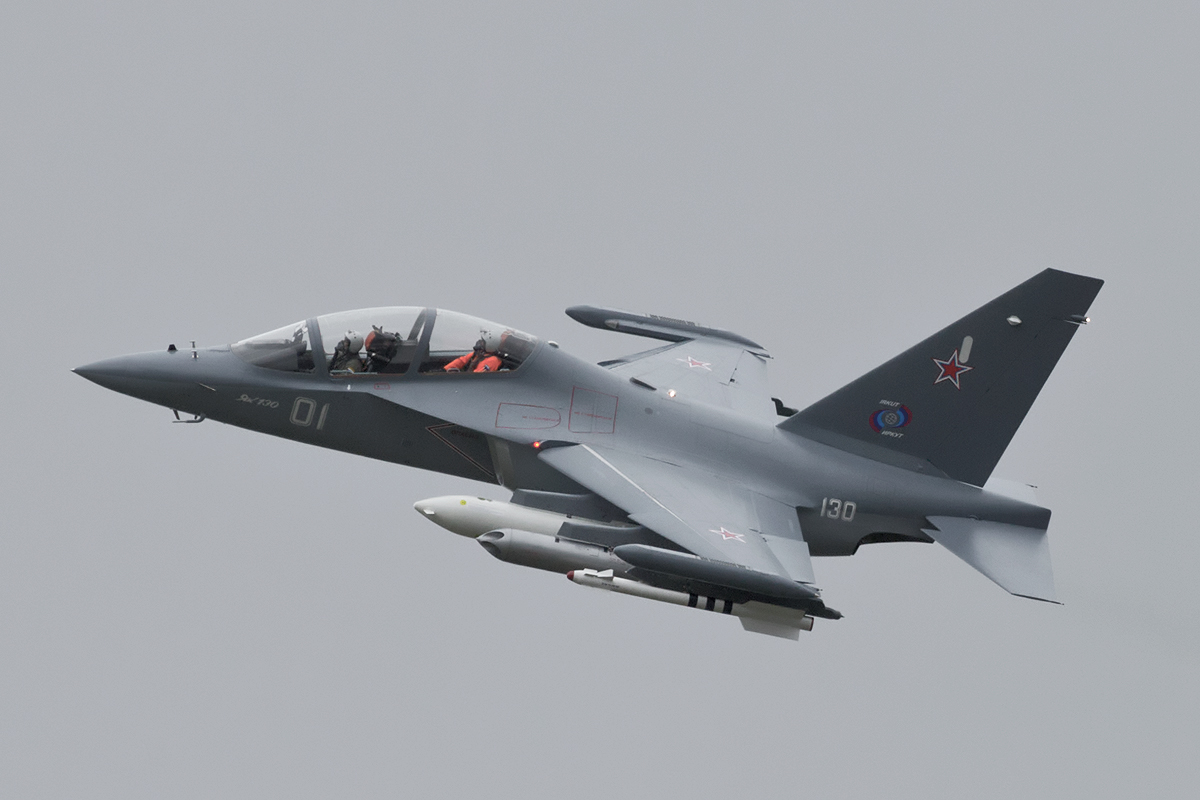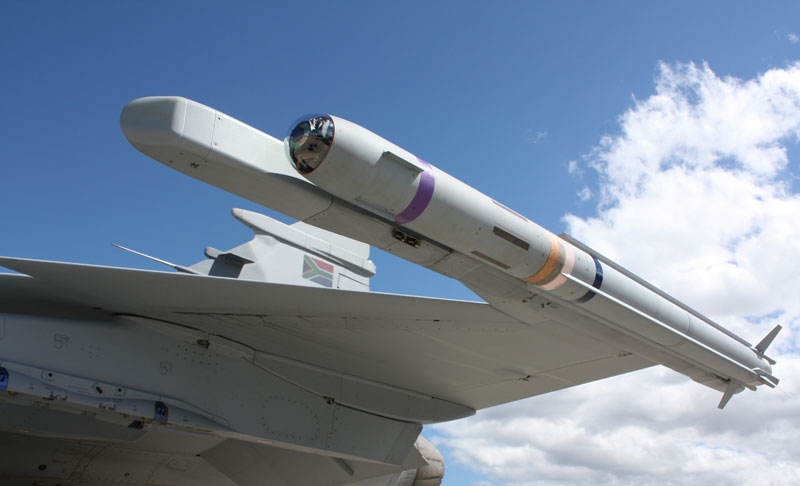48Views 5Comments

Bangladesh releases tender for new multi-role fighter
Bangladesh’s Directorate General of Defence Purchases (DGDP) released its tender for eight – with four optional – new-built multi-role combat aircraft for the Bangladesh Air Force (BAF). In December 2016, the Bangladeshi government committed to finalizing the purchase in fiscal year 2016-2017.
The new fighters are being sought for fortifying Bangladesh’s defensibility against aerial threats as well as providing it with a platform for anti-surface, maritime and offensive counter-air operations.
As per the BAF’s requirements, the fighter must be new-built, with manufacturing starting no earlier than the year of signing the contract. It must be a twin-engine design, with each powerplant providing at least 5,500 kg in dry thrust and more than 8,000 kg with afterburn. It must have a minimum of eight hardpoints and a minimum payload of 5,000 kg.
Electronics wise, the fighter is to be equipped with an electronically-scanned array radar with an air-to-air range and air-to-surface range of 150 km and 50 km, respectively; an integrated electronic warfare (EW) and electronic countermeasures (ECCM) suite; infrared search and track (IRST) system with a target tracking range of at least 50 km; helmet-mounted display and sight (HMD/S) system with cueing; head-up display (HUD) and modern glass cockpit.
The BAF is seeking a complete package comprising of the aircraft, maintenance and training package, and a set of air-to-air and air-to-surface munitions. The aircraft are to be delivered in two batches, with each comprising of four aircraft. The second batch must be delivered 18-24 months after the first.
Notes & Comments:
United Aircraft Corporation (UAC)’s Su-35, MiG-35 and Su-30SM are the leading contenders. The UAC MiG-35 is the only Russian platform equipped with an active electronically-scanned array (AESA) radar, though updated iterations of the Su-35 and Su-30SM should be expected, especially for the BAF bid, which is structuring the BAF fighter fleet for a high-technology threat environment.
The bid also indicates that the BAF is open to (if not urging for) the incorporation of Western subsystems. When Mikoyan was competing for the Indian Air Force (IAF)’s earlier fighter bid, the MiG-35 was envisaged to carry a Thales TopOwl-F HMD/S and Elettronica ELT/568(v2) EW/ECM pod. UAC could reinitiate those links with Thales and Elettronica for the BAF bid (via the MiG-35 or Flanker/-E).
While twin-engine designs, the Su-35 and Su-30SM are heavier and longer-range than MiG-35, which is a medium-weight platform. UAC has pitched the MiG-35 as an affordable high-technology platform, one that may be close to the U.S. $45-50 million unit cost of the MiG-29M/M2. While upfront cost is a factor, Bangladesh will also need to weigh the respective maintenance and operational costs of each option.
For example, opting for the Su-35 or Su-30SM may push a need for a lighter platform for defensive tasks and lower operating costs. Bangladesh will weigh the added advantages of the Flanker-series to the MiG-35 and determine if the endurance or payload differences warrant the potential need for two new fighter platforms instead of one. Alternatively, two distinct platforms will provide the BAF with a significant level of flexibility, freeing the larger fighter for offensive operations. Bangladesh’s geo-strategic position and security environment certainly warrant such development.
In other aviation programs, the Bangladesh Navy is seeking two new anti-submarine warfare helicopters (steering to the Leonardo AW-159), while the Bangladesh Army has an Airbus Defence & Space C295 fixed-wing utility transport aircraft on order.


